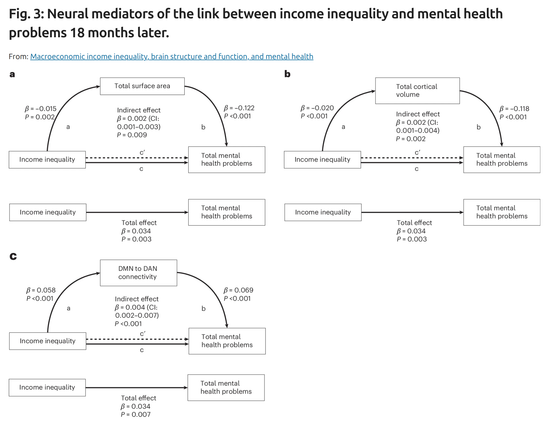ah ah! J'ai enfin (re)trouvé une référence où est expliquée la dépendance du capitalisme à la croissance, via la création monétaire et la dette encourue lors d'un prêt (non, je n'ai pas lu Graeber, pas le temps)
https://www.youtube.com/watch?v=sdy9tKCAe_s&t=1245s
la totalité du video vaut la peine: Nate énumère ses réalisations personnelles et non pas des découvertes humaines au travers de l'histoire.
#NateHagens #capitalism #FractionalReserveBankingSystem #moneyCreation #macroeconomic





